Writing Teaching Resources
Teaching writing strategies and the writing process this school year? Explore a comprehensive collection of teacher resources for primary English teachers — all created by teachers!
Stocked with graphic organisers, writing prompts, templates, worksheets and so much more, this collection of printable and digital activities is designed to help you as you help your students become more effective communicators and unleash their creativity and imagination.
Save time on lesson planning with resources that are aligned with the Australian curriculum (including version 9!) and have been through a careful review process by an expert member of our teacher team to ensure they're ready for your classroom and your students!
Are you looking for tips and tricks to add to your teacher toolkit this school year? Read on for a primer from our teacher team, including engaging activities for teaching writing inprimary school and a look at some of the different writing strategies your students will need to learn.
11 Writing Strategies Kids Should Know by the End of Primary School
We can't talk about teaching kids to write without talking about the different writing strategies that can help them do just that!
When it comes to teaching our students to become confident writers who articulate their ideas effectively, here are some of the strategies our teacher team prioritises:
1. Brainstorming
Brainstorming is something we often do in the classroom, and it's a crucial part of learning to generate the ideas that will drive students' writing as they progress through their educational journey. Kids should know how to create a list of potential topics or points related to a particular writing assignment.
With younger students, this is often done as a whole group by writing ideas and points on chart paper. In upper years, students transition over to using text-based materials to generate ideas and talking points.
2. Outlining
Before diving directly into any assignment, our students should be able to create a structured framework or outline. Teaching students how to create this outline will help them organise their thoughts and arguments for penning their essays, reports and research papers.

3. Using Graphic Organisers
Technically graphic organisers are classroom tools, so you may not think of their use as a writing strategy per se. However, learning to use these tools is another means of providing kids with the tools they need to organize their ideas and information before they sit down to write.
These organisers are particularly useful for expository writing — students can use them to outline main ideas, supporting details, and transitions.
Students can also take advantage of story maps when they are working on narrative writing to plot the key elements of a story, such as characters, setting, conflict, rising action, climax and resolution.
Graphic organisers such as the OREO strategy and hamburger paragraph are also great tools for students to use when working with opinion and persuasive texts.
4. Freewriting
Writer's block is the enemy of creativity, and it can easily frustrate young students who don't know where to begin.
When students freewrite, they write continuously without worrying about grammar or punctuation. This writing strategy can be extremely freeing — hence the name! — and helps frustrated writers move past that writer's block, generating fresh ideas.

5. Peer Editing
Learning to review and provide constructive feedback on each other's work is a great writing strategy to employ in your classroom to help students improve their writing quality and enhance their editing skills.
The strategy allows your students to learn from one another, and it arms them with an important tool they can use well into the future — calling on peers to provide a critical eye to a piece of writing.
6. Using Sensory Language
Working on descriptive writing? With this writing strategy, students engage the reader's senses through vivid and sensory language to create a more immersive experience.
7. Including Transitions and Connectives
As students become more proficient in the writing process, learning to use transitional words and phrases allows them to create smooth transitions between sentences and paragraphs. This strategy makes their writing more coherent and polished.
8. Incorporating Evidence
In persuasive, opinion and expository writing, students are taught to support their claims with evidence and examples to strengthen their arguments.
It takes some practice to train your students to use evidence in their writing, so it's often a good idea to start with something simple, like the R.A.C.E.S. strategy.
9. Crafting a Thesis Statement
In expository, opinion and persuasive writing, crafting clear and concise thesis statements that summarise the main point or argument of their essay helps students be more focused and organised in their writing.
This strategy can also have the effect of empowering students to express their ideas confidently and persuasively.
10. Incorporating Introductions and Conclusions
With this strategy, students practice crafting effective introductions and conclusions that grab the reader's attention and leave a lasting impression.
11. Following a Revision Checklist
Teaching your students to use a revision checklist is a strategy that will help them be more self-reflective, evaluating their own writing against the checklist criteria and becoming more aware of their strengths and weaknesses.

- Free Plan
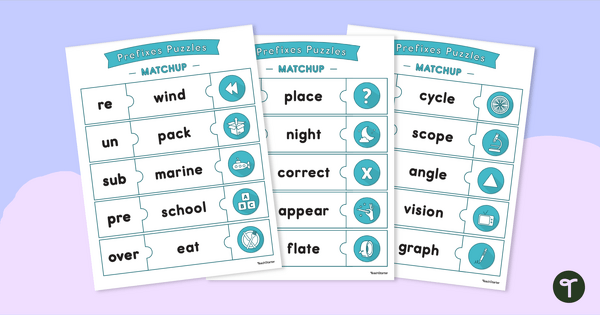
Prefix Puzzles - Match Up Cards
Practise building, reading, and understanding the meaning of words with prefixes with a fun set of prefix puzzles.
- Plus Plan
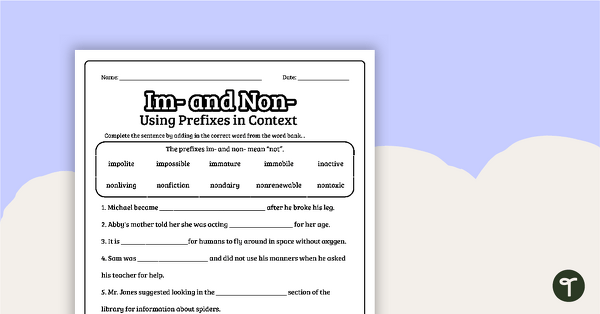
Im- and Non- Prefixes Worksheet
Consolidate students' understanding of im- and non- prefixes with a prefix worksheet.
- Plus Plan
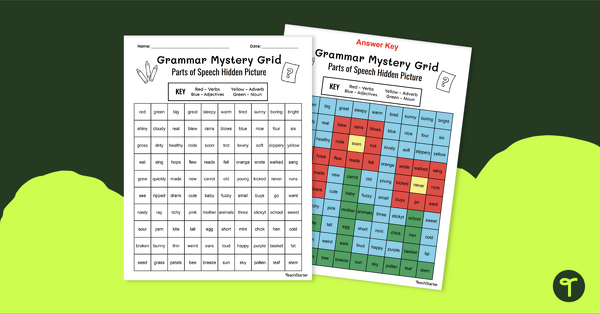
Parts of Speech - Colour by Code Mystery Picture Worksheet
Follow the colour-coded parts of speech guide to fill in the word grid and reveal a mystery image.
- Plus Plan
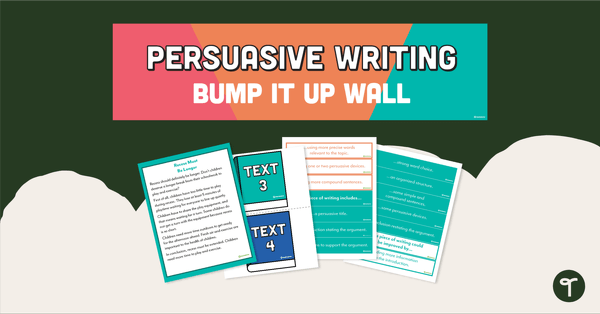
Persuasive Writing Bump It Up Wall – Year 3
A visual display for your classroom to help students ‘bump up’ their persuasive writing.
- Plus Plan
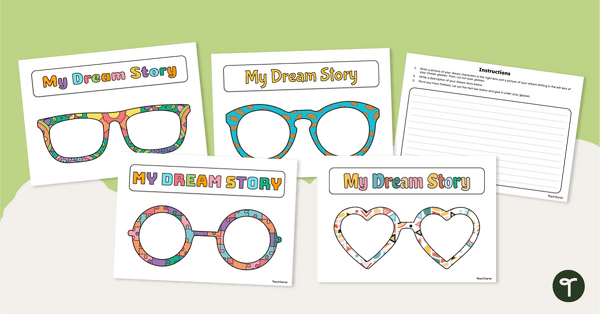
My Dream Story Writing Prompt Template
Dream up some great stories using this creative story-writing prompt.
- Free Plan
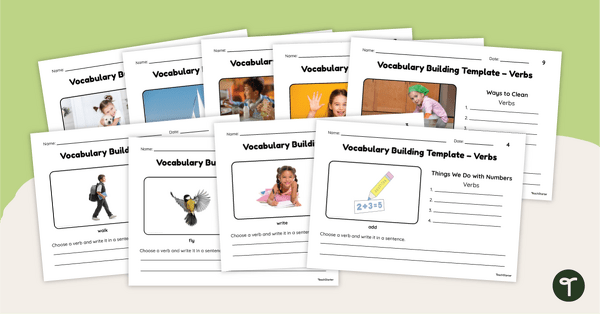
Vocabulary Building Template – Verbs
Expand verb vocabulary with this open-ended task.
- Plus Plan
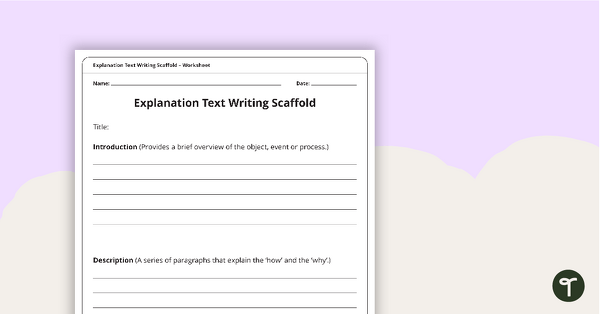
Explanation Texts Writing Scaffold
A scaffolding sheet that can be used to write an explanation text.
- Plus Plan
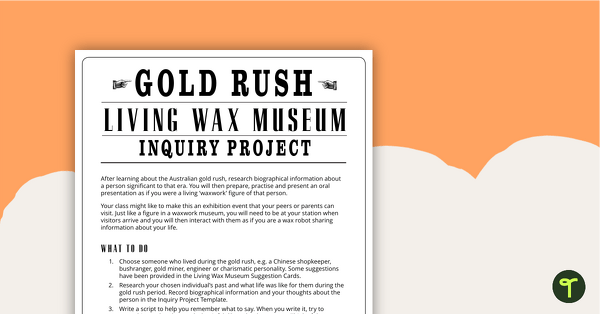
Australian Gold Rush: Living Wax Museum – Project
An inquiry project in which students research personalities from the Australian Gold Rush and portray them as part of a Living Wax Museum.
- Plus Plan
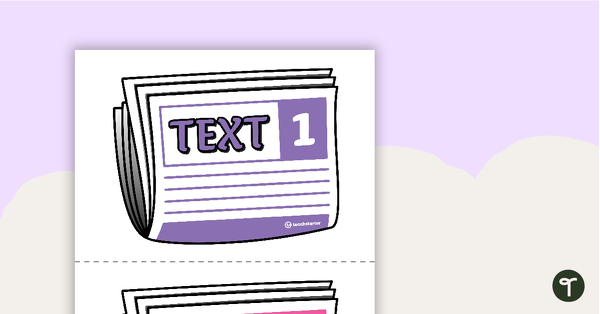
Informative Writing Bump It Up Wall – Year 6
A visual display for your classroom to help students ‘bump up’ their informative writing.
- Plus Plan
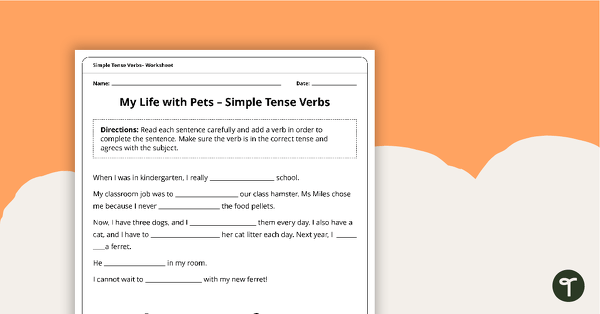
Past, Present and Future Simple Tense Verbs Worksheet
An ad-lib style worksheet where students can add their own simple past, present and future tense verbs.
- Plus Plan

Irregular Past Tense Verbs Worksheet
A worksheet that helps students identify irregular verbs.
- Plus Plan
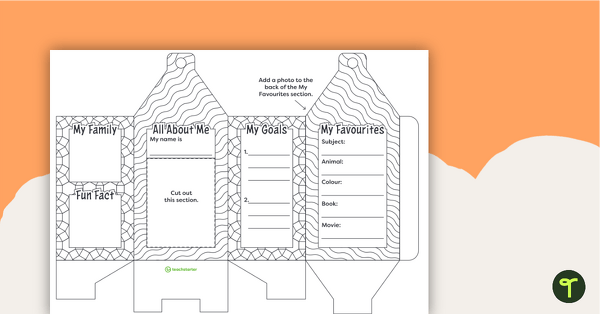
All About Me Lantern
A 3D lantern template to use with students at the beginning of the year.
- Free Plan
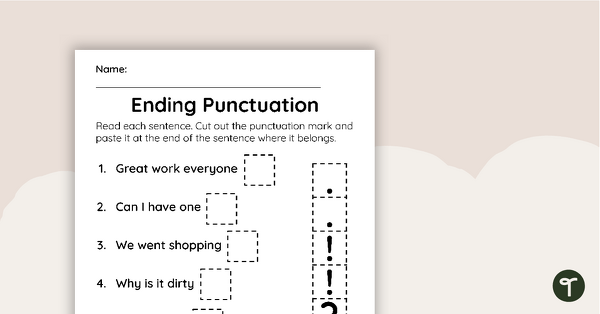
Ending Punctuation – Cut and Paste Worksheet
A cut and paste worksheet to practise adding the correct punctuation marks to the end of sentences.
- Plus Plan
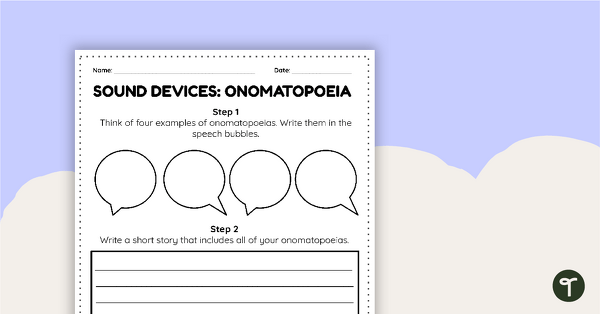
Onomatopeia Writing Prompt – Template
A writing template for students to use when learning about onomatopoeia.
- Plus Plan
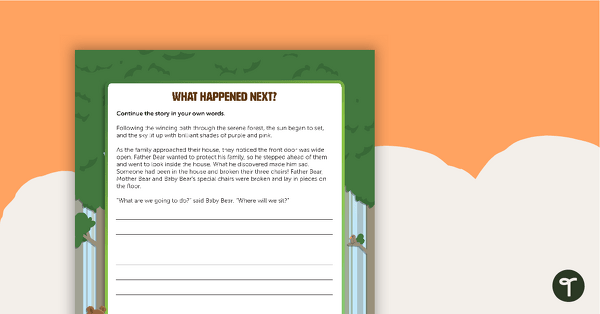
Goldilocks and The Three Bears - Finish the Story Writing Prompt
Finish the Goldilocks and the Three Bears story in your own words.
- Plus Plan
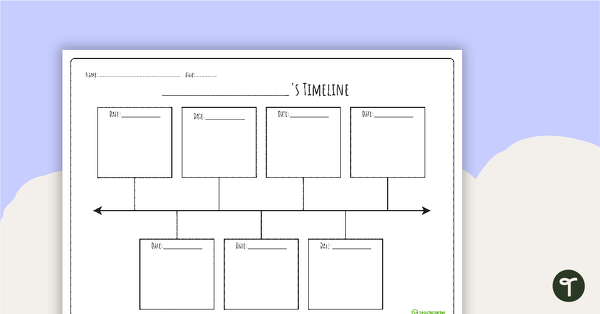
Biography Timeline Template
Use this multipurpose timeline template for a variety of assignments, projects, and more!
- Plus Plan

Narrative Plot Structure Diagram
A plot diagram for students to refer to when planning their narrative writing.
- Plus Plan
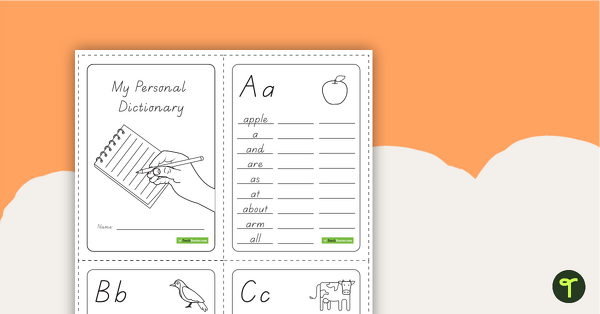
Printable Personal Dictionary for Primary Students
A printable booklet with pictures and sight words for students to create their own personal dictionary.
- Plus Plan
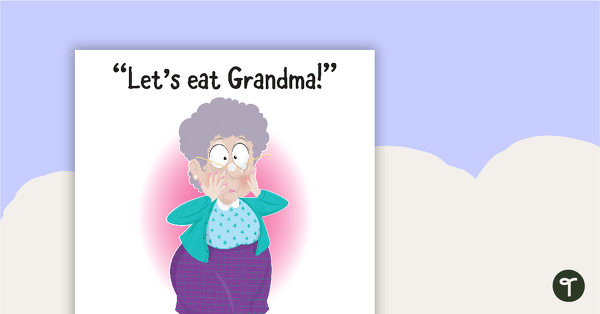
'Let's eat, Grandma!' - Commas Save Lives Poster
A poster highlighting the importance of commas!
- Plus Plan
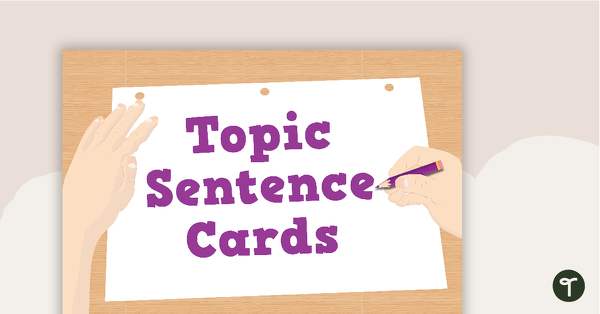
Topic Sentence Starter Cards
A pack of 32 narrative, persuasive and report writing sentence starter cards.
- Plus Plan
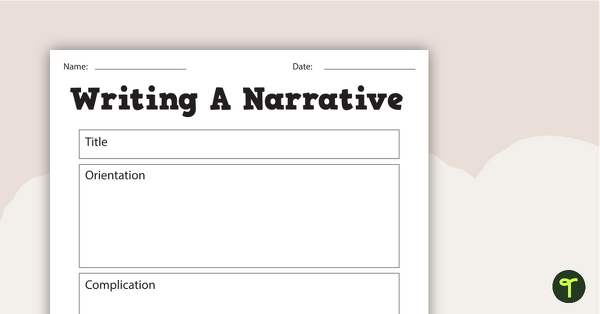
Fairy Tales Narrative Writing Pack
A fairy tale themed narrative writing teaching pack containing 8 worksheets and posters.
- Plus Plan
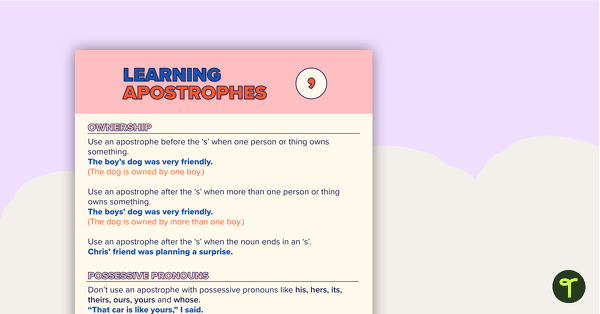
Apostrophes Poster
A poster explaining how to use apostrophes correctly.
- Plus Plan
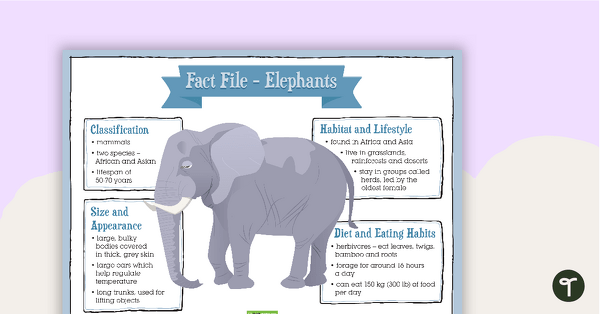
Elephants Fact File and Report Writing Scaffold
Support your students in writing an information report about elephants with this fact file and writing scaffold.
- Plus Plan
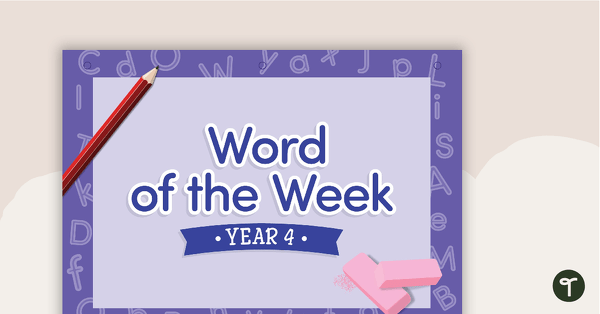
Word of the Week Flip Book - Year 4
A 43 page flip book for introducing new vocabulary to year 4 students.
- Plus Plan
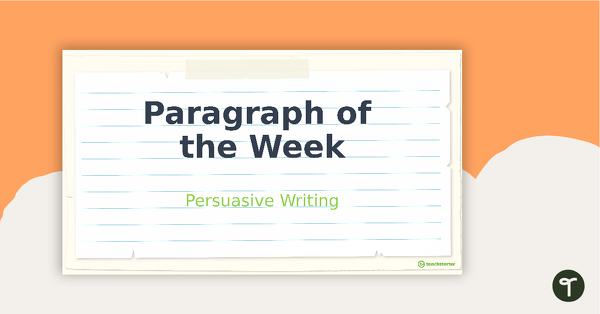
Paragraph of the Week PowerPoint - Persuasive Paragraphs
A Paragraph of the Week PowerPoint presentation to use when setting up this writing strategy in your classroom.
- Plus Plan
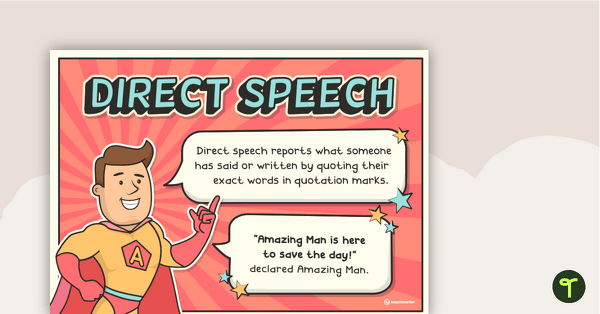
Direct and Indirect Speech Posters
Amazing Man helps students to learn what both direct and indirect speech entails as well as providing examples on how they can use it themselves.
- Plus Plan
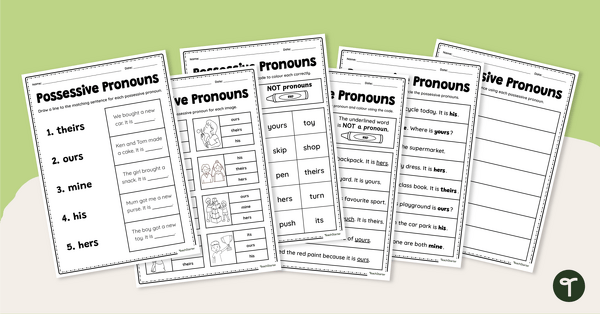
Possessive Pronouns Worksheet Pack
Use this possessive pronouns worksheet pack to get your students identifying and using these essential parts of speech.
- Plus Plan

Cut and Paste Shades of Meaning Verb Sort
Engage your students in exploring subtle differences between verbs with this set of two cut and paste worksheets.
- Plus Plan
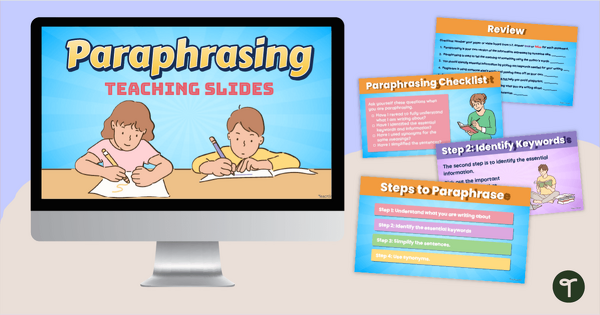
All About Paraphrasing Teaching Slides
Explain ‘writing in your own words’ to your students with an engaging, interactive Paraphrasing Slide Deck.
- Plus Plan
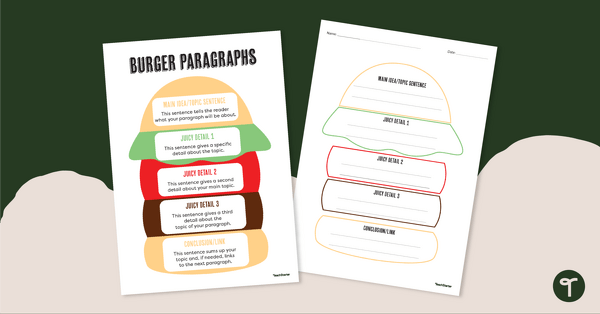
Hamburger Paragraph Poster and Worksheet
Teach your students how to correctly structure a paragraph using this hamburger-themed classroom poster and paragraph planning scaffold.
- Plus Plan
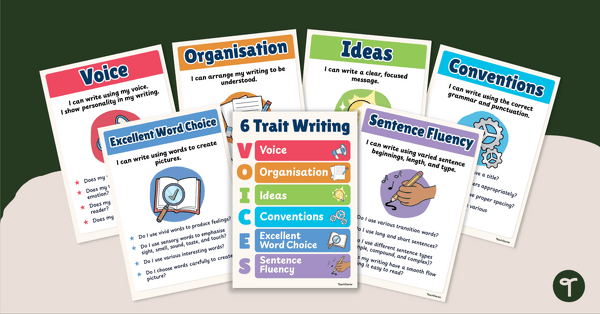
V.O.I.C.E.S. - 6 Traits of Writing Posters
Improve student writing using our V.O.I.C.E.S. Six Traits of Writing Poster Pack!
- Plus Plan
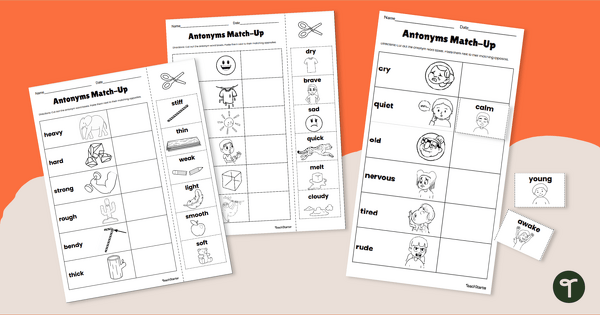
Antonyms are Opposite Words - Cut and Paste Worksheets
Build vocabulary skills with a cut-and-paste opposite words worksheets
- Writing Worksheets
- Writing Templates
- Writing Games
- Writing Posters
- Writing Teaching Presentations
- Writing Labels, Signs & Decorations
- Writing Word Walls
- Writing Projects
- Writing for Preschool/Kindergarten
- Writing for Foundation Year
- Writing for Year 1
- Writing for Year 2
- Writing for Year 3
- Writing for Year 4
- Writing for Year 5
- Writing for Year 6
- Writing for Year 7